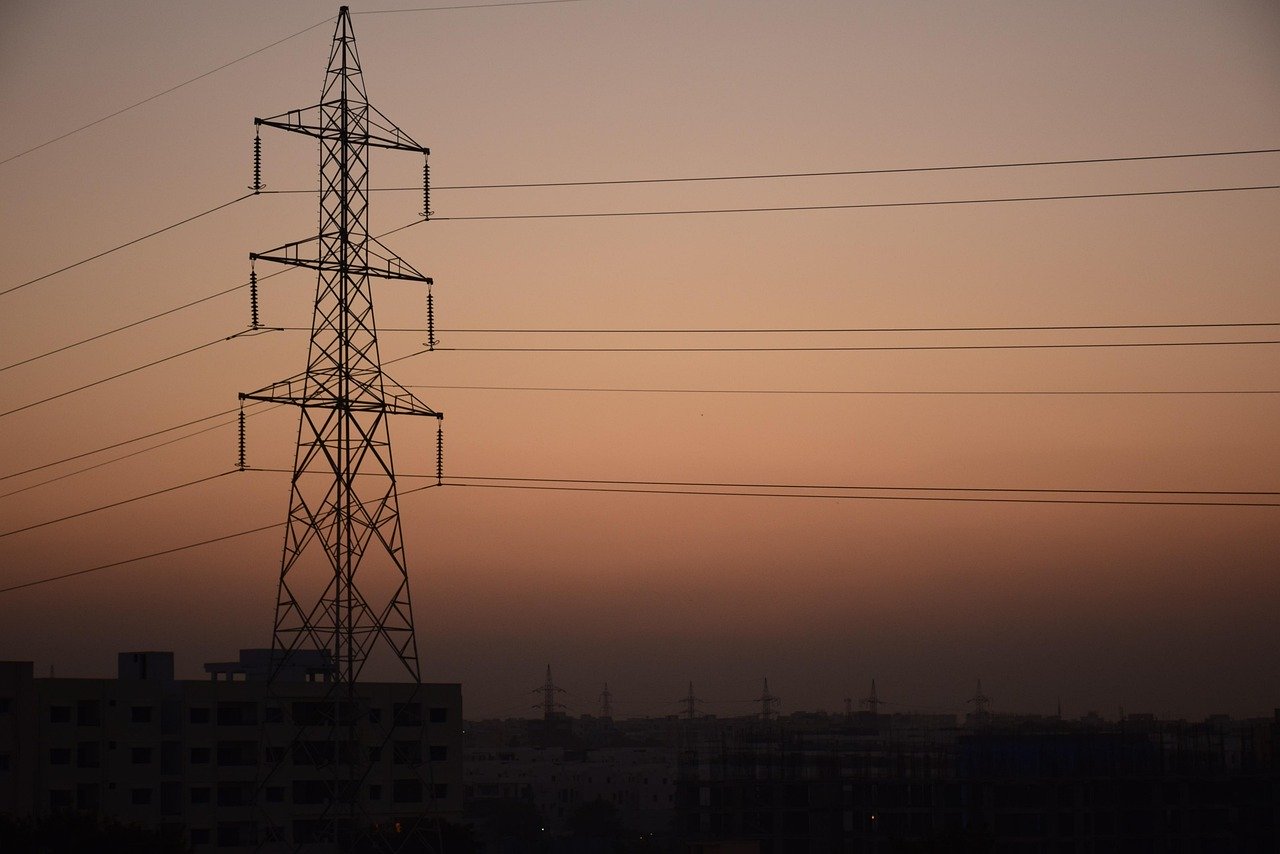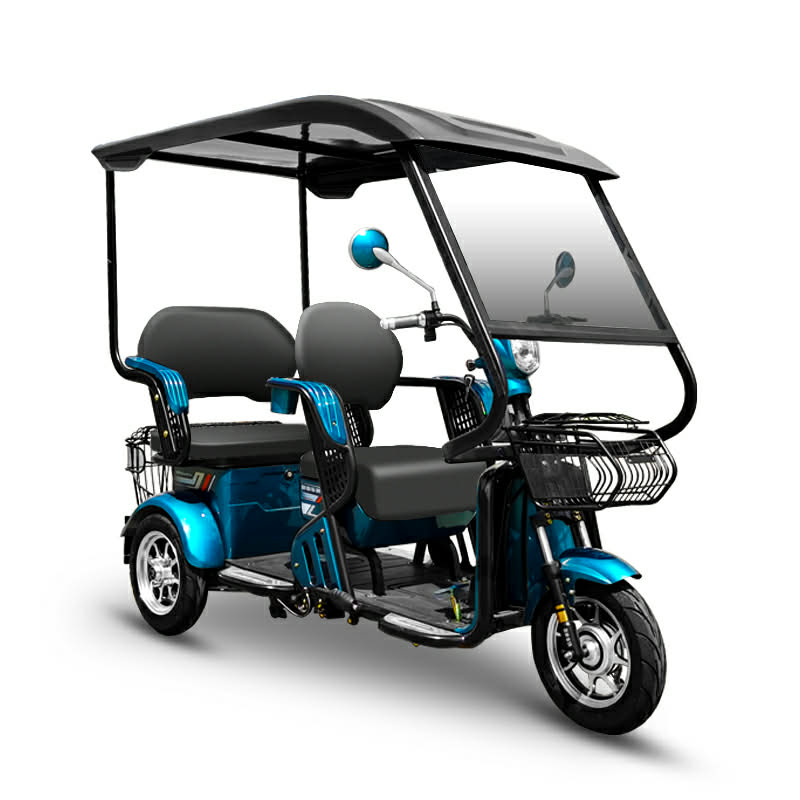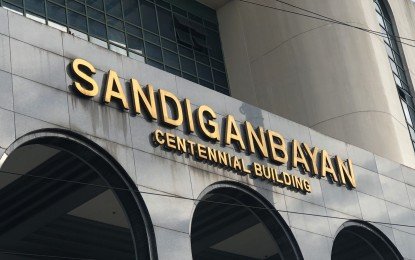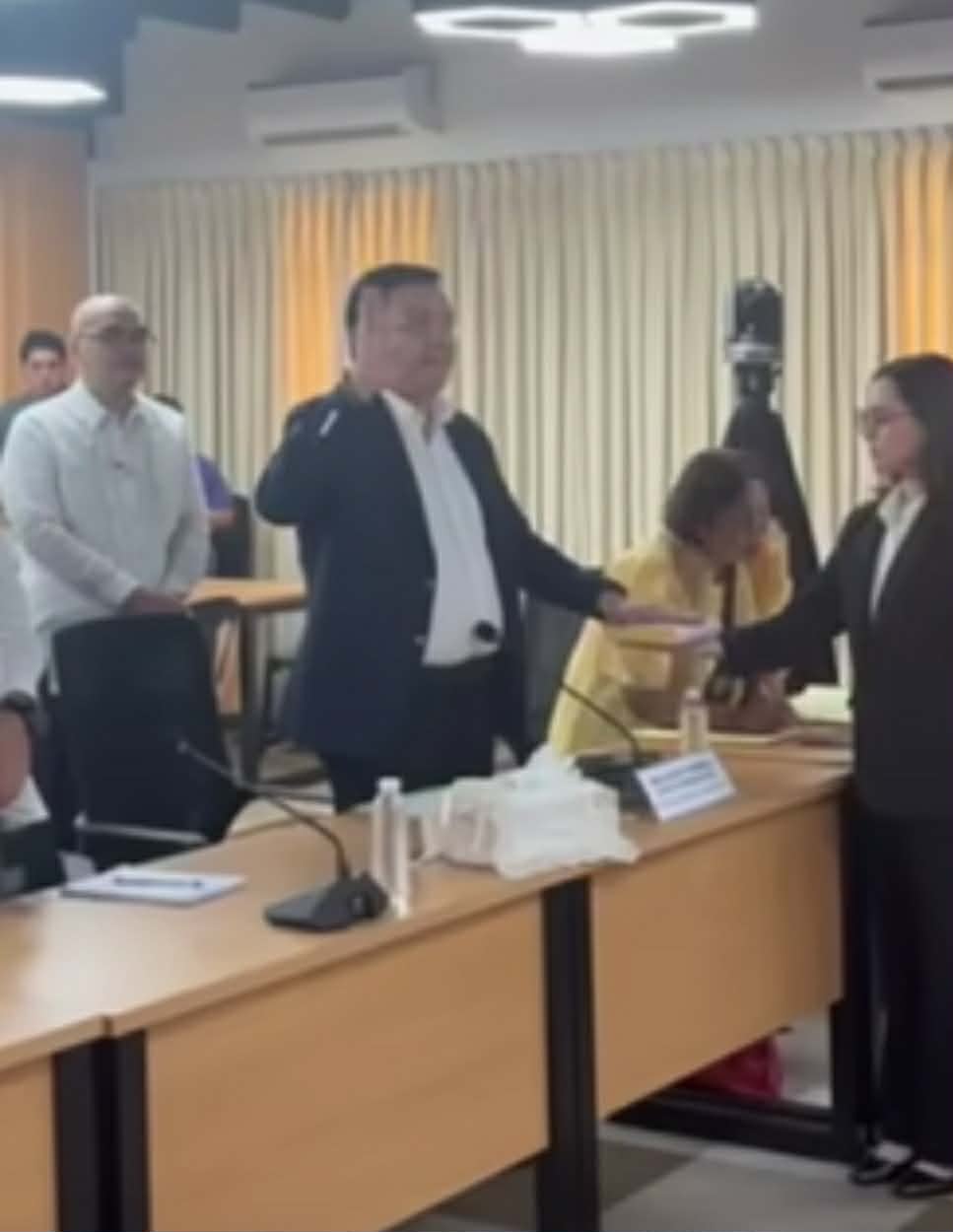The Department of Health (DOH), thru funding by the Government of Canada, has launched a 305-million peso health program intended to strengthen medical services for women and girls in Mindoro and other disaster-prone provinces, officials said.
The Gender-Responsive Health Systems Approach to Universal Health Care (GRASP-UHC) project will run until 2029 and targets an estimated 584,000 beneficiaries, including 368,000 women and girls, according to the DOH.
The program will focus on four provinces including Occidental Mindoro, Aklan, Eastern Samar, and Ifugao (areas characterized by geographic isolation and vulnerability to natural disasters).
“GRASP-UHC is more than a health program; it’s a commitment to building equitable and resilient communities,” said Bongabong Mayor Elegio Malaluan, who chairs the Social Development Committee of the Regional Development Council for the MIMAROPA region.
The project is designed to embed gender-responsive approaches into health systems to ensure inclusive access to healthcare, supporting the Philippine Development Plan 2023-2028’s universal health coverage goals.
The Universal Health Care Act, signed into law in 2019, represents a whole-of-government commitment to revitalizing the Philippine healthcare system, ensuring primary healthcare is accessible to all Filipinos regardless of financial status.
The law has been progressively implemented but faces ongoing obstacles in reaching remote communities.
The GRASP-UHC project is expected to enhance governance and delivery of local health systems by embedding gender-responsive approaches and promoting inclusive access to care.
Canada has maintained long-standing development cooperation with the Philippines, particularly in health and gender equality programs.
The funding reflects Canada’s commitment in global health equity and women’s empowerment in Southeast Asia.
The targeted provinces have been facing varuous healthcare access issues due to geographic barriers and frequent natural disasters.
Occidental Mindoro, part of MIMAROPA region, is particularly vulnerable due to its island location and typhoon exposure patterns.
Officials endorsed the MIMAROPA regional component during last month’s meeting in Manila, with full approval expected from the Regional Development Council.
(Illustration image courtesy of Pixabay)









Write Your Comment